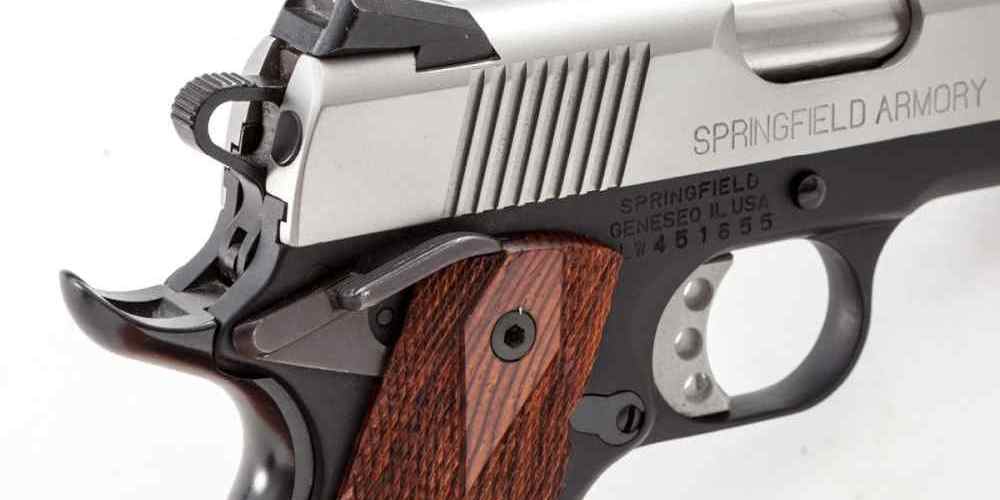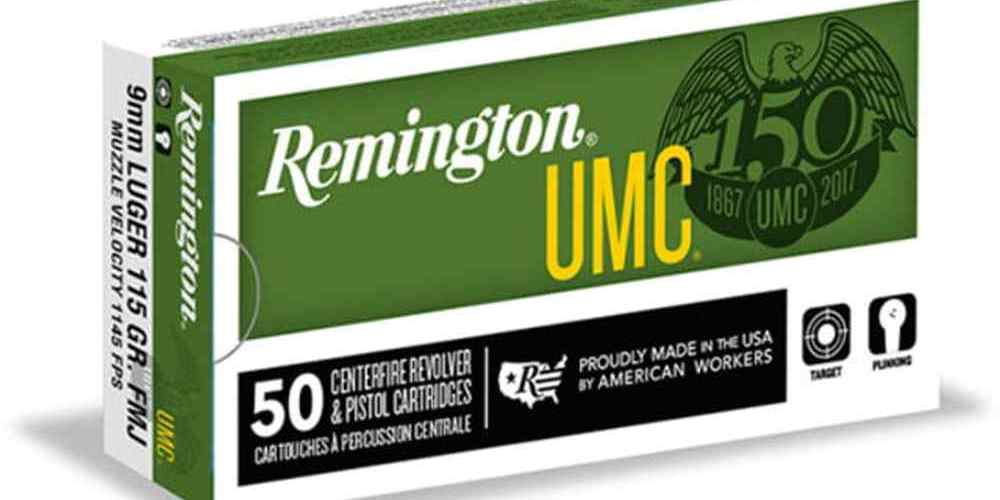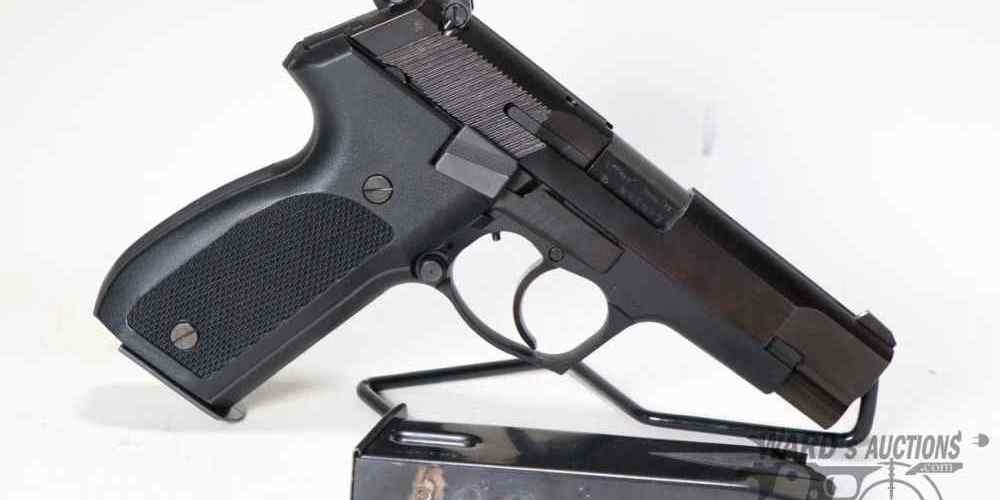“Finding the perfect balance between power and recoil in every shot.”
The Importance of Recoil Management in Semi-Auto Shooting
When it comes to shooting semi-automatic firearms, one of the key factors that shooters need to consider is recoil management. Recoil, the backward movement of a gun when it is fired, can have a significant impact on a shooter’s accuracy and overall shooting experience. In this article, we will explore the importance of recoil management in semi-auto shooting and how finding the right balance of power and recoil can enhance your shooting performance.
Recoil is a natural phenomenon that occurs when a gun is fired. The force of the expanding gases propelling the bullet forward also pushes the gun backward, causing it to recoil. In semi-automatic firearms, this recoil can be more pronounced due to the rapid cycling of the action, which can lead to decreased accuracy and control if not properly managed.
One of the key aspects of recoil management is finding the right balance of power and recoil in your ammunition. The power of a round is determined by factors such as bullet weight, velocity, and powder charge. A more powerful round will generate more recoil, which can make it more difficult to control the gun and maintain accuracy.
However, too little power can also be a problem, as it may not provide enough energy to cycle the action reliably. This can result in malfunctions such as failure to feed or eject, which can be frustrating and potentially dangerous in a self-defense or competitive shooting situation.
Finding the right balance of power and recoil involves selecting ammunition that provides enough energy to cycle the action reliably while still being manageable for the shooter. This may require some experimentation to find the right combination of bullet weight, velocity, and powder charge that works best for your particular firearm and shooting style.
In addition to selecting the right ammunition, there are also techniques that shooters can use to help manage recoil. Proper grip and stance are essential for controlling recoil, as a firm grip and stable shooting platform can help absorb and redirect the energy of the recoil. Additionally, using a compensator or muzzle brake can help reduce muzzle rise and felt recoil, making it easier to stay on target for follow-up shots.
Practice is also key to improving recoil management. By regularly shooting and focusing on techniques such as grip, stance, and follow-through, shooters can develop the muscle memory and skills needed to effectively manage recoil and maintain accuracy under pressure.
In conclusion, finding the right balance of power and recoil in semi-auto ammunition is essential for maximizing your shooting performance. By selecting the right ammunition, using proper techniques, and practicing regularly, shooters can improve their recoil management skills and enhance their overall shooting experience. So next time you hit the range, remember to pay attention to recoil and work on finding that perfect balance for your semi-auto firearm.

Finding the Right Balance Between Power and Control
When it comes to choosing the right ammunition for your semi-automatic firearm, finding the perfect balance between power and recoil is crucial. The power of the ammunition determines the force with which the bullet is propelled out of the barrel, while the recoil is the backward force that is felt by the shooter upon firing. Balancing these two factors is essential for achieving accuracy, control, and overall shooting performance.
One of the key considerations when selecting ammunition is the caliber. The caliber refers to the diameter of the bullet, and different calibers offer varying levels of power and recoil. Larger calibers, such as .45 ACP or .357 Magnum, typically deliver more power but also produce greater recoil. On the other hand, smaller calibers like 9mm or .380 ACP offer less power but result in lower recoil. It’s important to choose a caliber that aligns with your shooting preferences and abilities.
Another factor to consider is the type of bullet. Full metal jacket (FMJ) bullets are commonly used for target shooting and training, as they offer good penetration and accuracy. However, FMJ bullets may not expand upon impact, which can limit their effectiveness for self-defense purposes. Hollow point bullets, on the other hand, are designed to expand upon impact, creating a larger wound cavity and increasing stopping power. While hollow point bullets may offer greater power, they can also produce more recoil due to their design.
The weight of the bullet also plays a role in determining power and recoil. Heavier bullets typically deliver more power but can result in increased recoil. Lighter bullets, on the other hand, may produce less recoil but offer reduced power. Finding the right balance between bullet weight and recoil is essential for achieving optimal shooting performance.
In addition to caliber, bullet type, and weight, the powder load of the ammunition also influences power and recoil. A higher powder load will generate more power, resulting in increased velocity and energy upon impact. However, higher powder loads also produce greater recoil, which can affect accuracy and control. It’s important to consider your shooting abilities and preferences when selecting ammunition with a specific powder load.
When it comes to finding the right balance between power and recoil in semi-auto ammunition, experimentation is key. Trying out different calibers, bullet types, weights, and powder loads will help you determine what works best for your shooting style and needs. It’s important to practice with various types of ammunition to gain a better understanding of how they perform and how they affect your shooting experience.
Ultimately, finding the perfect balance between power and recoil in semi-auto ammunition is a personal journey. What works for one shooter may not work for another, so it’s important to take the time to explore different options and find what works best for you. By considering factors such as caliber, bullet type, weight, and powder load, you can make informed decisions that will enhance your shooting performance and overall enjoyment of the sport. So go ahead, experiment, and find the perfect balance that will take your shooting to the next level.
Exploring Different Ammunition Options for Semi-Auto Firearms
When it comes to choosing ammunition for your semi-automatic firearm, finding the right balance between power and recoil is crucial. The type of ammunition you select can greatly impact your shooting experience, so it’s important to understand the differences between various options.
One of the key factors to consider when choosing ammunition for a semi-automatic firearm is the power of the round. Power refers to the force with which the bullet is propelled out of the barrel. Higher-powered ammunition typically results in greater muzzle velocity and energy, which can be beneficial for long-range shooting or hunting larger game.
However, with increased power comes increased recoil. Recoil is the backward movement of the firearm that occurs when a round is fired. Higher-powered ammunition generates more recoil, which can make it more difficult to maintain accuracy and control while shooting. This is especially important to consider for newer shooters or those with limited experience handling firearms.
To find the right balance between power and recoil, it’s important to consider the intended use of the firearm. For target shooting or recreational plinking, lower-powered ammunition may be more suitable. This type of ammunition typically produces less recoil, making it easier to stay on target and shoot accurately.
On the other hand, if you plan to use your semi-automatic firearm for hunting or self-defense, you may want to opt for higher-powered ammunition. This can provide the necessary energy and stopping power to effectively take down game or defend yourself in a dangerous situation.
Another factor to consider when selecting ammunition for a semi-automatic firearm is the type of bullet. There are several different types of bullets available, each with its own unique characteristics and performance capabilities.
Full metal jacket (FMJ) bullets are commonly used for target shooting and training purposes. These bullets have a soft lead core encased in a harder metal jacket, which helps them maintain their shape and penetrate targets more effectively. FMJ bullets are typically less expensive than other types of ammunition, making them a popular choice for shooters on a budget.
Hollow point bullets are designed to expand upon impact, creating a larger wound cavity and increasing the likelihood of stopping a threat. These bullets are often used for self-defense and hunting, where maximum stopping power is essential. However, hollow point bullets can be more expensive than FMJ rounds, so it’s important to consider your budget when selecting ammunition.
In addition to power, recoil, and bullet type, it’s also important to consider the caliber of the ammunition. The caliber refers to the diameter of the bullet, which can impact its performance and effectiveness. Larger calibers typically produce more recoil and have greater stopping power, while smaller calibers may be easier to shoot but offer less energy.
Ultimately, finding the right balance between power and recoil in semi-automatic ammunition comes down to personal preference and intended use. By considering factors such as power, recoil, bullet type, and caliber, you can select the ammunition that best suits your needs and shooting style. Whether you’re a seasoned shooter or just starting out, choosing the right ammunition can make a significant difference in your shooting experience.
Tips for Improving Accuracy and Control with Semi-Auto Ammunition
When it comes to shooting with semi-automatic firearms, finding the right balance between power and recoil is crucial for improving accuracy and control. Semi-auto ammunition can provide a powerful punch, but it can also come with a significant amount of recoil that can affect your shooting performance. In this article, we will explore some tips for finding the right balance between power and recoil when using semi-auto ammunition.
One of the first things to consider when using semi-auto ammunition is the type of firearm you are using. Different firearms have different levels of recoil, so it is important to choose a firearm that you are comfortable with and that you can control effectively. If you are new to shooting with semi-auto ammunition, it may be helpful to start with a firearm that has less recoil until you become more comfortable with the shooting process.
Another important factor to consider when using semi-auto ammunition is the type of ammunition you are using. Different types of ammunition have different levels of power and recoil, so it is important to choose ammunition that is appropriate for your skill level and shooting needs. It may be helpful to experiment with different types of ammunition to see which one works best for you and provides the right balance of power and recoil.
In addition to choosing the right firearm and ammunition, there are also some techniques that can help you improve your accuracy and control when shooting with semi-auto ammunition. One important technique is to focus on your grip and stance. A proper grip and stance can help you control the recoil of the firearm and improve your accuracy. Make sure to hold the firearm firmly but not too tightly, and keep your body in a stable position to absorb the recoil.
Another technique that can help improve your accuracy and control with semi-auto ammunition is to practice proper breathing and trigger control. When shooting with semi-auto ammunition, it is important to take slow, steady breaths and to squeeze the trigger gently to avoid jerking the firearm. This can help you maintain control over the firearm and improve your accuracy when shooting.
It is also important to practice regularly with semi-auto ammunition to improve your shooting skills and become more comfortable with the recoil of the firearm. Regular practice can help you build muscle memory and improve your shooting technique, which can ultimately help you achieve better accuracy and control when using semi-auto ammunition.
In conclusion, finding the right balance between power and recoil when using semi-auto ammunition is essential for improving accuracy and control. By choosing the right firearm and ammunition, practicing proper grip and stance, focusing on breathing and trigger control, and practicing regularly, you can improve your shooting skills and become more comfortable with shooting semi-auto ammunition. With the right techniques and practice, you can achieve better accuracy and control when using semi-auto ammunition and become a more skilled shooter.
Understanding the Relationship Between Power and Recoil in Semi-Auto Firearms
When it comes to semi-automatic firearms, finding the right balance between power and recoil is crucial for a smooth shooting experience. Understanding the relationship between these two factors can help shooters make informed decisions when selecting ammunition for their firearms.
Power, often measured in terms of muzzle energy, refers to the force with which a bullet is propelled out of the barrel of a firearm. The higher the muzzle energy, the more powerful the ammunition. This can result in greater accuracy and stopping power, making it ideal for self-defense or hunting purposes. However, with increased power comes increased recoil.
Recoil, on the other hand, is the backward force that is felt by the shooter when a round is fired. This force is a result of the equal and opposite reaction to the bullet being expelled from the barrel. The amount of recoil experienced can vary depending on factors such as the weight of the firearm, the type of ammunition used, and the shooter’s stance and grip.
Finding the right balance between power and recoil is essential for shooters looking to maximize their shooting performance. Too much recoil can lead to decreased accuracy and control, while too little power may result in ineffective shots. It is important to consider both factors when selecting ammunition for your semi-automatic firearm.
One way to manage recoil is by choosing ammunition with a lower muzzle energy. While this may result in less stopping power, it can help reduce the amount of recoil felt by the shooter. This can be particularly beneficial for shooters who are sensitive to recoil or who are looking to improve their accuracy.
Another factor to consider when selecting ammunition is the weight of the bullet. Heavier bullets typically produce more recoil than lighter ones, as they require more force to propel them out of the barrel. By choosing lighter bullets, shooters can reduce the amount of recoil experienced without sacrificing too much power.
In addition to selecting the right ammunition, shooters can also take steps to mitigate recoil through proper technique. This includes maintaining a firm grip on the firearm, keeping the elbows slightly bent, and leaning into the shot to absorb some of the recoil. Practicing good shooting fundamentals can help shooters manage recoil more effectively and improve their overall shooting performance.
Ultimately, finding the right balance between power and recoil in semi-automatic ammunition is a personal decision that will depend on individual preferences and shooting goals. By understanding the relationship between these two factors and taking steps to manage recoil, shooters can optimize their shooting experience and achieve better results on the range or in the field. So next time you’re selecting ammunition for your semi-automatic firearm, consider the power and recoil factors to find the perfect balance for your shooting needs.







